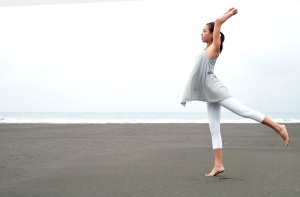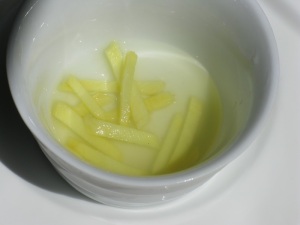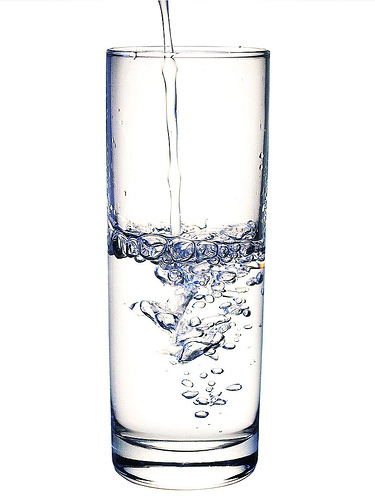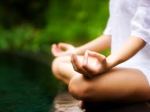It was in April 2008, there was a warning sign that something was wrong with my health. I had itchy rashes all over my body. My facial skin was inflamed, dried and flaky. It was so itchy that I could not resist scratching and that even caused more reddened skin. Worse than that, I remember, at around 8 – 10 pm, I would start coughing. It became the routine because I only coughed at that particular time everyday. It had been going routinely like a month.
I went to see the doctor and he told me that the drop in immune system caused the allergy. My allergy was primarily a function of stress, long-hour work and unhealthy consumption. He told me this allergy was incurable unless I seriously take good care of myself. I must sleep a lot and exercise more frequently. He gave me a lot of medicine. I took them and I got better. In my thought, I started to be scared if I were to die because of overworking. It is not worth because if I die, the company would not die with me. Well, that’s a quick joke I camp up with when I talked with some of my friends about what happened to me. I forced myself to have enough sleep, at least for 6 hours a day but I did not exercise much. Nevertheless, after a few months, the same symptom came back.
I was so frustrated that I consulted with my doctor friend. At that time he took a course about alternative medicine. He shared with me about its concept and I found it very interesting. Basically, it is the way to heal your body without using the scientifically synthesis medicine. It includes wide range of health care practices, product and therapy. He told that it may help curing my severe body condition. I went back home and I quickly search about it on the internet. Along surfing the net, I accidentally found an article about Ayurveda and how magical it was in keeping the right balance of body and mind in order to have good health. I really love the concept because it does not require a lot of effort in doing so. I started to adopt some of the Ayurvedic method and it miraculously worked for me. I do not need to take medicine any more And because it works for me, I would like to share easy Ayurvedic tips that could be easily adopted in daily life and hope that some information might be useful for the readers.
What is Ayurveda?
Ayurveda concept may sound sophisticated and alien to some people. Basically, Ayurveda was originated in India over 5000 years ago. It is holistic science of health that emphasizing on maintaining the physically and emotionally balance states. It focuses on re-establishing balance in the body through the balance of health of mind, body and spirit, lifestyle, diet, exercise and body cleansing.
Here are some examples of Ayurvedic activities: Cleansing and detoxification(through fasting, enemas, diets, and body treatments), Herbal medicine, Yoga, Meditation, exercise,Massage with medicated herbal oil.
In Ayurveda, it is believed that each person has a unique mix 3 mind and body principles, called doshas, which crates our specific physical and mental characteristics. Each person can have one or two doshas that dominate our traits. The Ayurveda could be personalized according to the dosha. Knowing what doshas dominate you will help you understand the unique way to embrace your customized Ayurvedic lifestyle. Here’s the quiz of what doshas you are.
http://www.holisticonline.com/ayurveda/w_ayurveda-dtest1.htm
Don’t hesitate to try and know more about yourself. And let’s being our easy Ayurvedic journey together!



















